(first posted 2/11/2019) These pictures posted by William Oliver are dated December 2018. It’s nice to know that in sunny Southern California folks were still driving with their tops down. But then I don’t actually see any top to put up on this Jeepseter, so maybe this is its permanent status. There’s two things intriguing about this one. yes, mismatched fenders and windshield, which were likely replaced with donor items. But there’s one more thing:
It’s lacking the V6 emblem, which means this presumably came with the “Hurricane”F-134, the F-head version of the old Willys four engine that dated back to the 1930s or so. It was given an F-head in 1950 in order to increase its breathing and power, from 60hp to 75hp (gross).
That gave the little CJ Jeep a meaningful boost in the early 50s, but by 1966, when the Jeepster arrived on its longer 101″ wheelbase and heavier body, that was decidedly underpowered. Which explains why so many came with the Buick-sourced 225 inch “Dauntless’ V6. Kaiser bought the tooling for the V6 in 1967, and then sold it back to Buick in 1973.
The Jeepster was essentially a revival itself, as there was a Jeepster built from 1948-1950 with the same basic idea. But it was not very successful, hence its short life.
The Jeepster v.2 sold reasonably well, but then AMC ruined it in 1971 by stretching and restyling its nose in order to fit its inline six engines. That ruined its proportions and took away its iconic Jeep face, and sales drooped quickly, until it died just two years later in 1973. You wouldn’t see Jeep do that nowadays.
I’m not sure exactly where in Southern California it is, but the Jeepster was made for the beach.










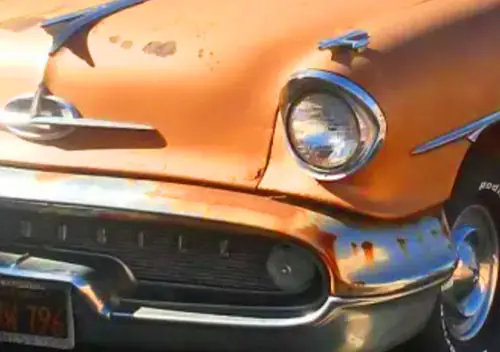
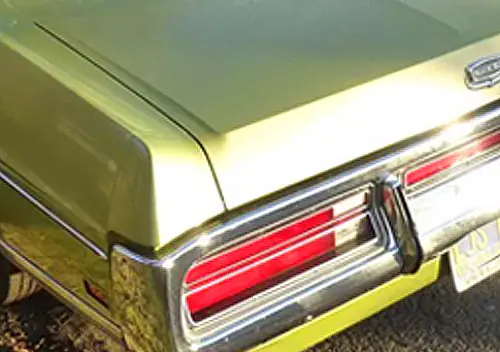
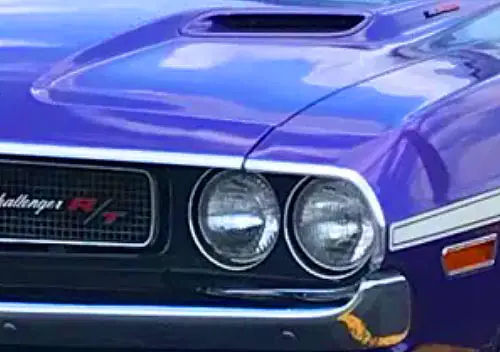

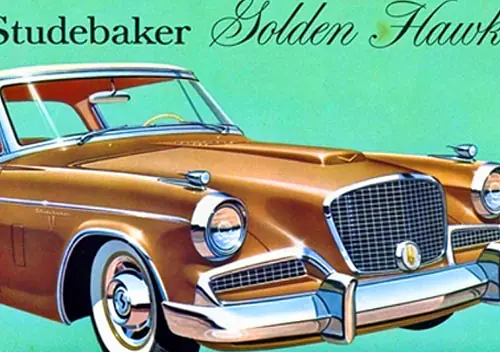
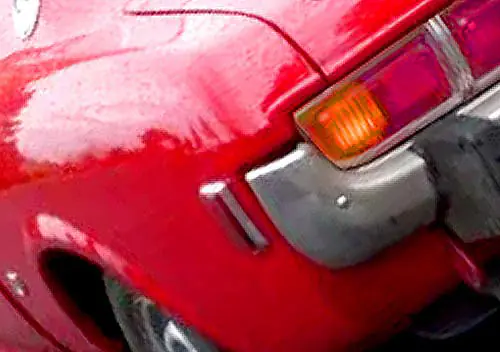

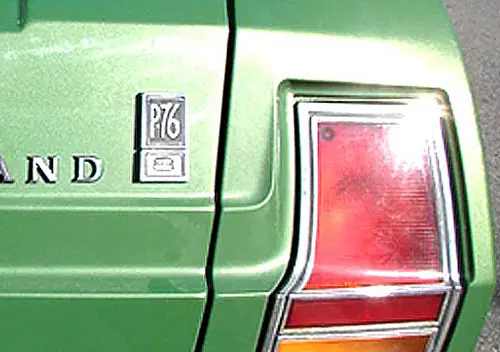
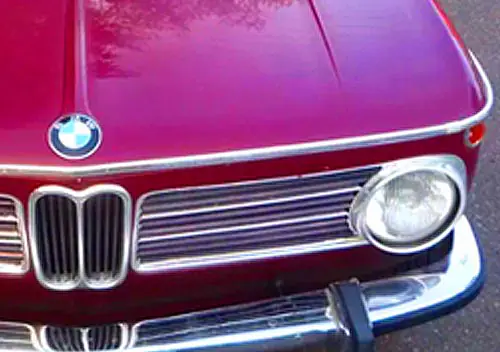
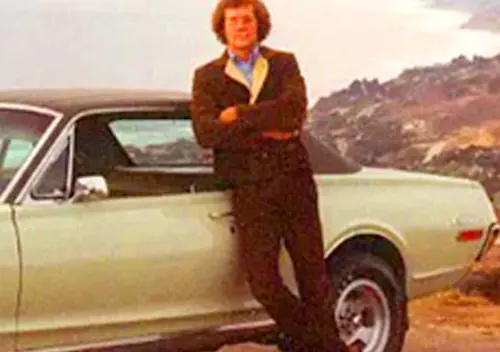
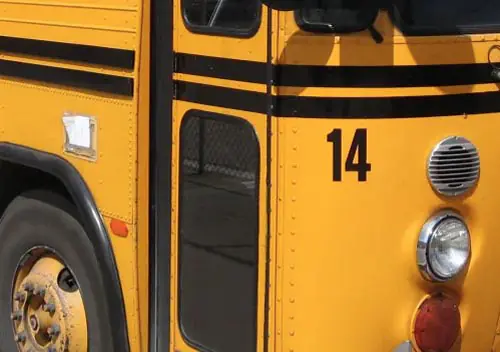
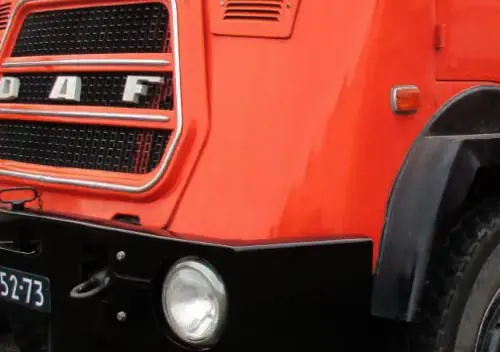
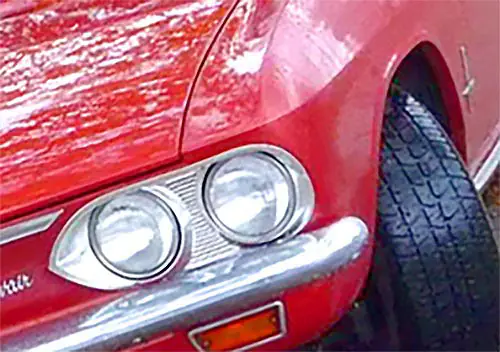
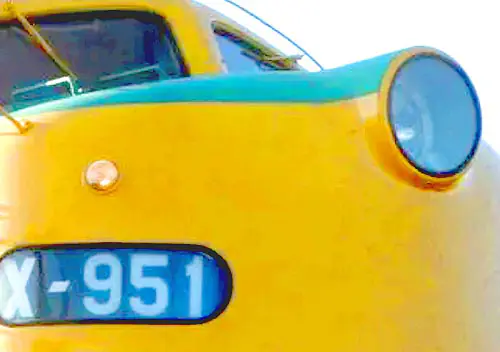
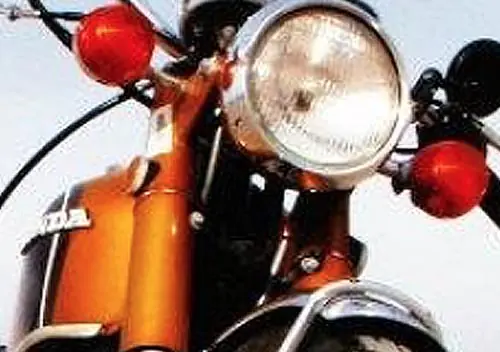
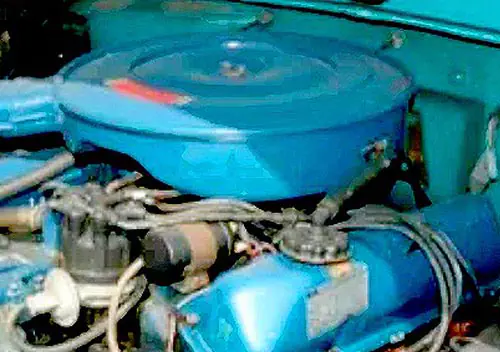
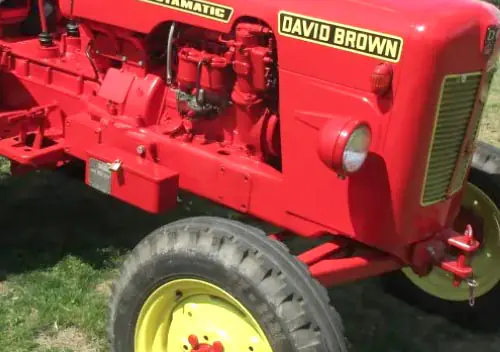


I wonder how well these sold when compared to the International Scout, which seems to have been its target competition. I also wonder whether this one was originally equipped as the soft top roadster or the convertible with the quarter windows behind the front doors? There looks to be room for quarter windows, but Jeep probably made all of them that way, whether it came with the windows or not.
By 1966-67 this market was really starting to get crowded with the Bronco joining the crowd. I will admit that these Jeepsters are my favorite of the three to look at – there is a certain jauntiness to them that is lacking in the Ford & IH competition.
I thought these were fun. Too young to have owned one back in the day. Even Danny Thomas was impressed.
Just this saturday I passed one of these while driving towards St. Augustine. The one I saw was reasonably well restored, though not perfectly, maybe a better than nice daily driver. The couple driving it were in their late 60s early 70s and surprisingly there was no visible top. I could not imagine many women game enough to ride in an open car on a windy and overcast day.
I could see this Jeep attracting the attention of Johnathan Ward’s ICON for a retrofit.
https://www.icon4x4.com/
This doesn’t appear to be the proper ‘convertible’ version, which would have had retractable quarter windows, a folding/stowing top and a little trunk. Most likely it has/had the full length hard and/or soft top which are removable like any other CJ/Wrangler. From the snaps around the upper body line, it likely has had a soft top at some point. These could be had with half cab soft or hard tops too, for a proto-Scrambler.
Im wondering what’s up with the collapsed rollbar hoop. That looks like too big a diameter tubing for a softtop bow, which would mount on a bracket along the upper body rails.
Danny Thomas & the Jeepster both “out of Toledo” – that’s a great ad!
I think photo was taken in LA near Wilshire & La Brea.
As PaulChgo suggested, I took these pictures a few blocks from the Petersen Museum, just off of Wilshire. I really ought to start listing locations on my posts. I found this one on Google StreetView as well, the capture on there shows it with a roof over the cabin.
T.Rex!
Didn’t Continental spare + bumper to fit come with some “Fastback” top?
It seems to me there folks everywhere driving top down with an f-head and no Jeepster Commando in sight.
If I am not mistaken, the Jeepster was replaced by the original Cherokee in 1974. That first Cherokee was based on the Wagoneer/Gladiator full size jeep platform, and was basically the old Gladiator 2 door panel truck with 4 wheel drive, a back seat, and side windows. A good move, the original Cherokee was popular for many years. Of course, the second generation did even better.
I have been wondering..
If the really expensive part of the tooling is the transfer lines, and the 90-degree V6 was chosen because it shared the transfer lines with the aluminum V8, later the cast-iron small-block Buick, then:
How was the tooling sold to Kaiser-Jeep? Did it not include the transfer lines? Perhaps then just the molds?
Similarly, the aluminum V8 tooling was sold to Rover, but the small-block cast-iron V8 was kept in production. Again – perhaps that meant just the molds?
Or did Buick have multiple copies of the transfer lines and sell some of those to Rover and Kaiser-Jeep?
Good questions. I’ve long wondered about the first one, regarding the V6. I don’t have a definitive answer, but presumably there were several transfer lines? And one was dedicated to the V6? Or? It’s a question I have long wanted to find an answer to.
As to the Rover V8, GM only sold a license for them to build it along with the blueprints. No machinery was sold. And no molds; Rover used a different type of casting process than GM.
Something I have never quite grasped.
Why would Willys have gone to an F-head rather than a full OHV conversion? Was there something about the Willys block that made it ill-suited to having all the valves upstairs? While I know F-heads breathe better than L-heads, they seem a strange kind of halfway house, the old Rover six notwithstanding.
So, I am just surmising here, so someone may correct me. But an F-head can actually breathe BETTER than an equivalent 2-valve OHV head, because, well, you have the entire space above the cylinder for one valve, and the entire space to one side for the other valve, so you can get a lot more valve area. The one thing you would sacrifice would be the ability to get a high compression ratio. The main reason manufacturers went to L-head configuration in the 1930’s was that they found they could get just as much (or more, given Harry Ricardo’s insights) performance versus an equivalent 2-valve OHV or OHC setup, as long as one was satisfied with or otherwise limited to low compression ratios. As gasoline improved, those benefits went away. So you see, in the late 1940’s and early 1950’s, the Packard L-head 8 was competitive with the OHV offerings from Cadillac, Buick, et. al., but not for much longer. Fill’er with Ethel, Ethel!
Your surmise is missing one very important factor: in order to optimize the breathing of an engine, both the intake and the exhaust have to breathe well. And that’s not ever going to be the case in the F head due to the exhaust requiring 180 degrees of turning to make its way out of the combustion chamber. yes, a larger valve helps, but there’s no substitute for a port that is as straight as possible.
As to compression ratios, it appears that 8:1 was a practical maximum in production L-head engines, and Ford flatheads have been increased to 9:1, although with questionable benefits. But these are not all that low, eh? Of course eventually ovh engines did go with higher compression ratios, but by that time the flatheads were essentially gone.
It was easier and cheaper to just convert the intakes to ohv, as it allowed the whole block to stay largely the same. And it allowed larger valves (at least in theory) on such a small bore/long stroke engine. I think this was a key factor. When Studebaker did a full ohv conversion of their also small bore/long stoke six, the head tended to crack in the very small space between the valves, as they had to be so close together to fit.
In essence, the F head did what engineer Barney Roos wanted of it: improve breathing somewhat to increase torque and power. He clearly wasn’t looking to create a high revving, high output engine. It was a practical and expedient solution with no real negatives.
Thanks Paul and JM. I hadn’t considered the small bore limiting the amount of valve space at the top of the cylinder.
Yes in general I think the Fhead was a good solution for a small-bore, long-stroke, low-revving engine, where the advantages of large valve area versus the more tortuous pathway. Wasn’t that the same reason Rolls Royce went that direction for a while? They probably wanted to stay away from high revs, at least in theory, because of their emphasis on smoothness.
Packard tried to go to higher compression in 1954 with the addition of an aluminum head, I think to get rid of hot spots, but that wasn’t so successful.
Thanks Paul!